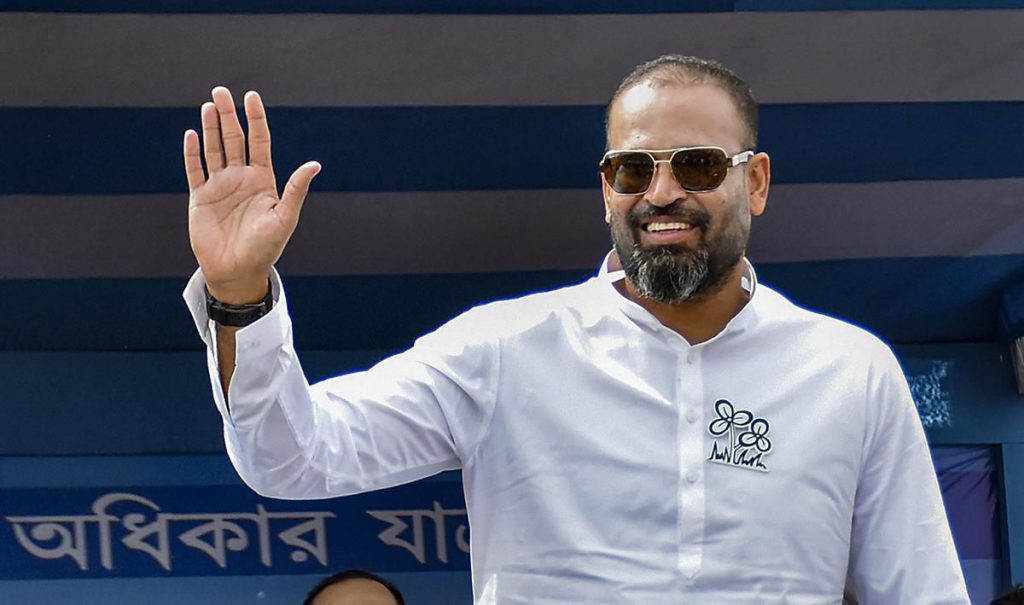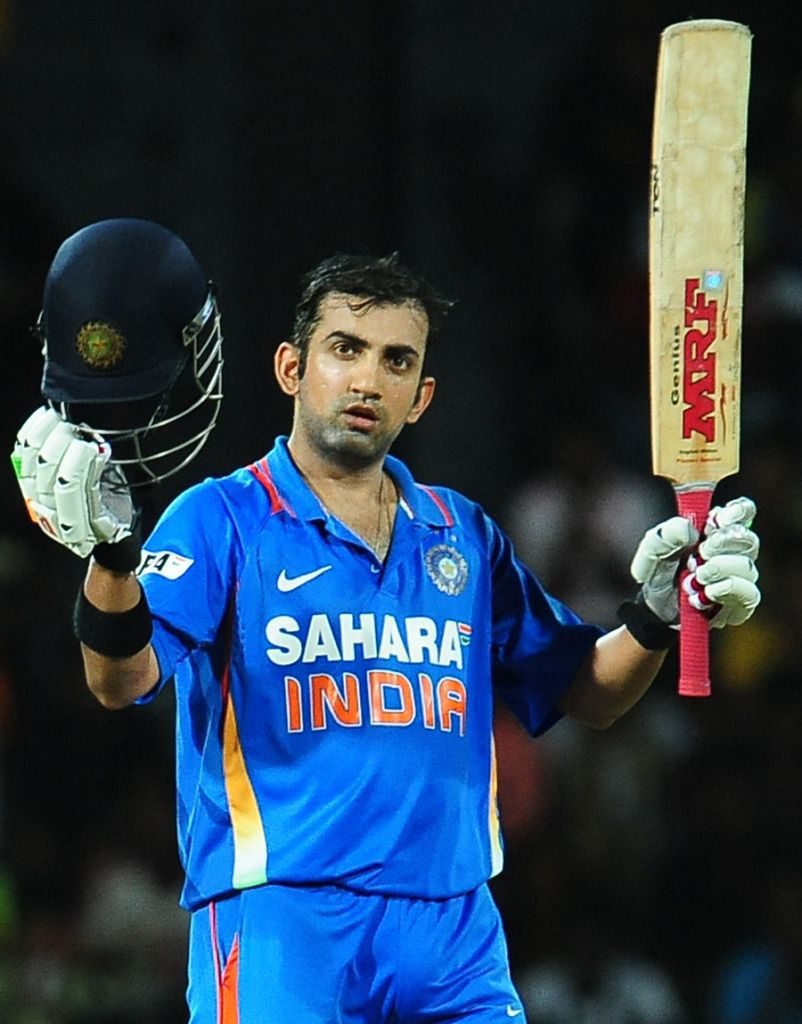आज NZ VS S. AFRICA के बीच खेल गया सेमीफाइनल 2 का दूसरा मैच, न्यूज़ीलैंड ने टॉस जीतकर पहले बल्लेबाजी का फैसला किया और बहुत ही शानदार शुरुआत की जिसमे केन विल्यमसन और रचीं रवींद्र ने शतक लगाया दोनों ने अपनी टीम के लिए बहुत शानदार पारी खेली।
साउथ अफ्रीका की बोलिंग में कुछ खास दम भी दिखा ना ही साउथ अफ्रीका के बोलर न्यूज़ीलैंड के बल्लेबाजों को रोकने कामयाब भी नहीं हुए, जिसके चलते न्यूज़ीलैंड ने बहुत बड़ा लक्ष्य साउथ अफ्रीका के सामने रख दिया, एक विशालकाय स्कोर 363 रन का लक्ष्य साउथ अफ्रीका की टीम के सामने रखा।
आज जो मैच जीतेगा वो फाइनल में भारत के साथ खेलेगा, और मैच होगा दुबई में यह पाकिस्तान में आखिरी मैच है, 9 मार्च को भारत से होगा आईसीसी चैम्पीयनस ट्रॉफी का फाइनल मैच
अब साउथ अफ्रीका की पारी शुरुआत होती है, साउथ अफ्रीका की टीम में बल्लेबाजी की गहराई है और इतने रन चैस करने संभावना भी दिखती है, लेकिन साउथ अफ्रीका ने शुरुआत में अपनी 1 विकेट खोई, लेकिन उसके बाद साउथ अफ्रीका की बेटिंग काफी अच्छी लग रही थी, और अपने लक्ष्य का पीछा करते हुए आगे बढ़ रही थी, लेकिन फिर मिडिल ओवर में साउथ अफ्रीका की विकेट गुच्छों में गिरी जिसकी वजह से साउथ अफ्रीका अपने लक्ष्य से बहुत पीछे हो गई।
डेविड मिलर ने बहुत शानदार शतक लगाया सिर्फ 67 बॉल पर लेकिन यह शतक भी टीम को फाइनल में नहीं पहुंचा पाया और साउथ अफ्रीका 312 रन पर ही रह गया 50 ओवर पूरे कर , जिसके चलते सेमीफाइनल मैच के हारने पर अब साउथ अफ्रीका चैम्पीयन ट्रॉफी से बाहर हो गया।
अब 9 मार्च को न्यूजीलैंड और भारत का मैच जो दुबई में खेला जाएगा।
पिछले T20 विश्व कप में साउथ अफ्रीका के साथ फाइनल हुआ था और इस बार चैंपियनशिप में न्यूजीलैंड की टीम सामने होगी। यह दोनों ही टीम पसंदीदा है।
न्यूजीलैंड कड़ी चुनौती देती है अपने सामने वाली टीम बहुत आसानी से हार नहीं मानती इसलिए खेल का रोमांच कई गुना बढ़ जाता है। और मैच अपने अंतिम ओवरों तक जाता है।
देखते है 9 मार्च को भारत और न्यूजीलैंड का मुकाबला और सपोर्ट करते है अपनी टीम को
यह भी पढे: इंडिया और ऑस्ट्रेलिया, क्रिकेट, भारतीय टीम,






